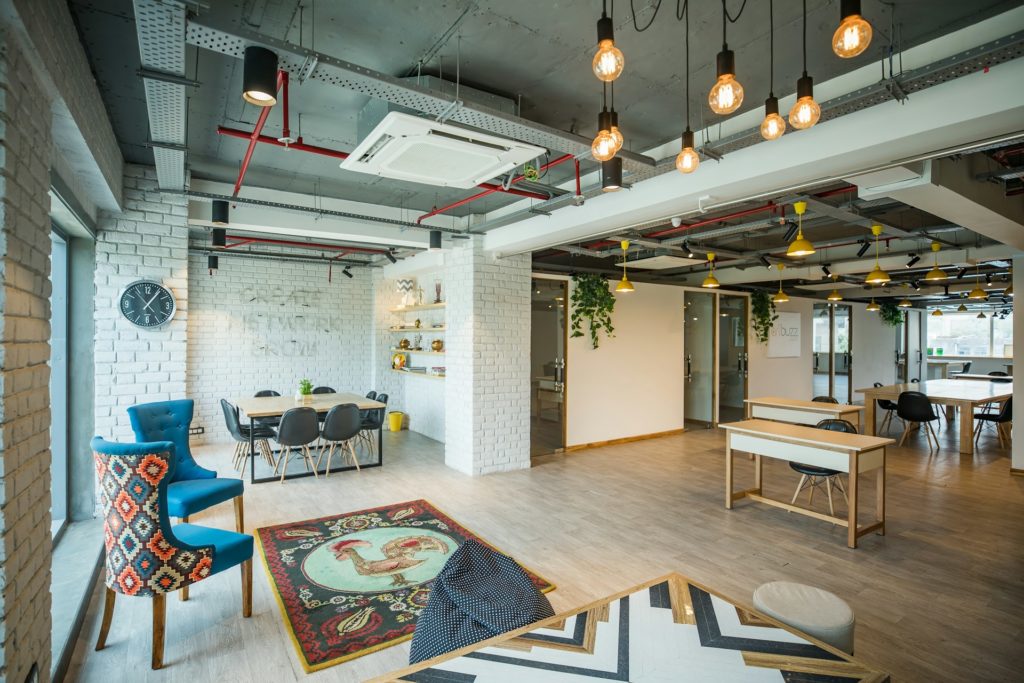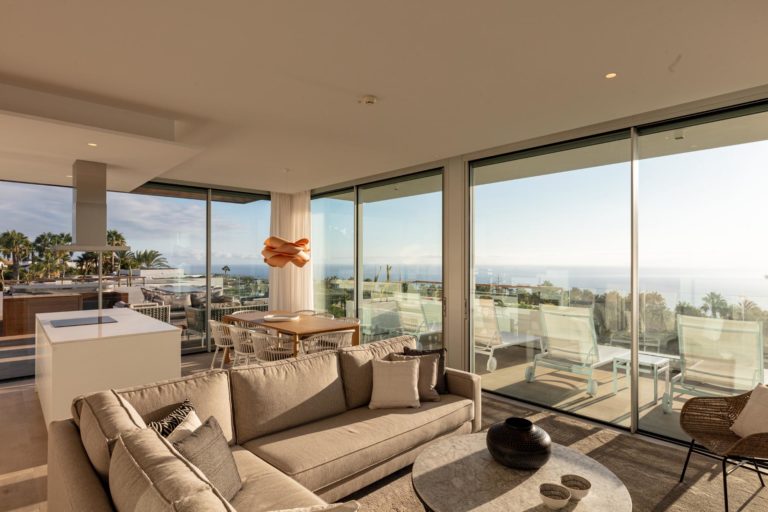
Luxury Coliving is becoming one of the major trends in the residential market. This hybrid model combines the best of a shared lifestyle with the comfort, design and services of the premium segment. It’s a formula designed for global residents seeking flexibility without sacrificing luxury, community, and experience. Successfully tested in some of the world’s major capitals, this model is based on architectural design, strategic location, high-end materials and a complete range of services (wellness, dining, concierge, security, etc.). Its rise not only responds to the demands of new global residents, but also redefines luxury in collective housing and offers social connection without renouncing privacy and well-being.
In a context where international mobility, work flexibility and changing habits have profoundly altered people’s priorities when it comes to housing, Luxury Coliving is positioned as an attractive solution for a public on the move. These demanding travelers include graduate students, digital nomads with high purchasing power, international executives, creatives, entrepreneurs and people seeking medium- or long-term stays without compromising quality or experience.
According to the European Coliving Index report prepared by international real estate consultancy JLL, the supply of Coliving spaces is expected to double in the next two years in Spain. And though much of this supply are products for general use, investors with a long-term vision are honing in on projects that add a differential component in terms of design, services and/or location. In the same way we have already seen the coworking model evolve towards sophisticated spaces with standout interior design and a rich agenda of community-oriented services, housing, at least when intended for the younger market or those without families, is ready to change as well.
At the global level, there are already projects pointing towards what Luxury Coliving can be. One of the undisputed benchmarks is The Collective, located in London and New York and one of the pioneers of high-end shared spaces, with signature design, cultural programs, terraces, and coworking and wellness areas.
Also of interest are Habyt and Node Living, which have already been established in several European cities to offer boutique-style residential experiences; Casa Campus, present in several Latin American capitals and focused on executives, which offers premium locations and tailor-made services in buildings designed exclusively for Coliving; and Node, present in Barcelona and Madrid, among other cities, a global community of premium Coliving spaces and furnished apartments.
Although the concept is still in development, cities such as Madrid, Barcelona and Malaga are already seeing host pilot projects exploring this new approach to luxury Coliving, as well as companies offering it to their real estate investors as a profitable and flexible model for consideration.
At Arum Group, for years we have been observing how transformations in the residential sector are opening up new opportunities for the development of value-added real estate projects. In this context, Luxury Coliving fits perfectly with our vision for the future: the creation of sustainable, flexible living environments that can respond intelligently to the new lifestyles of a globalized society.



